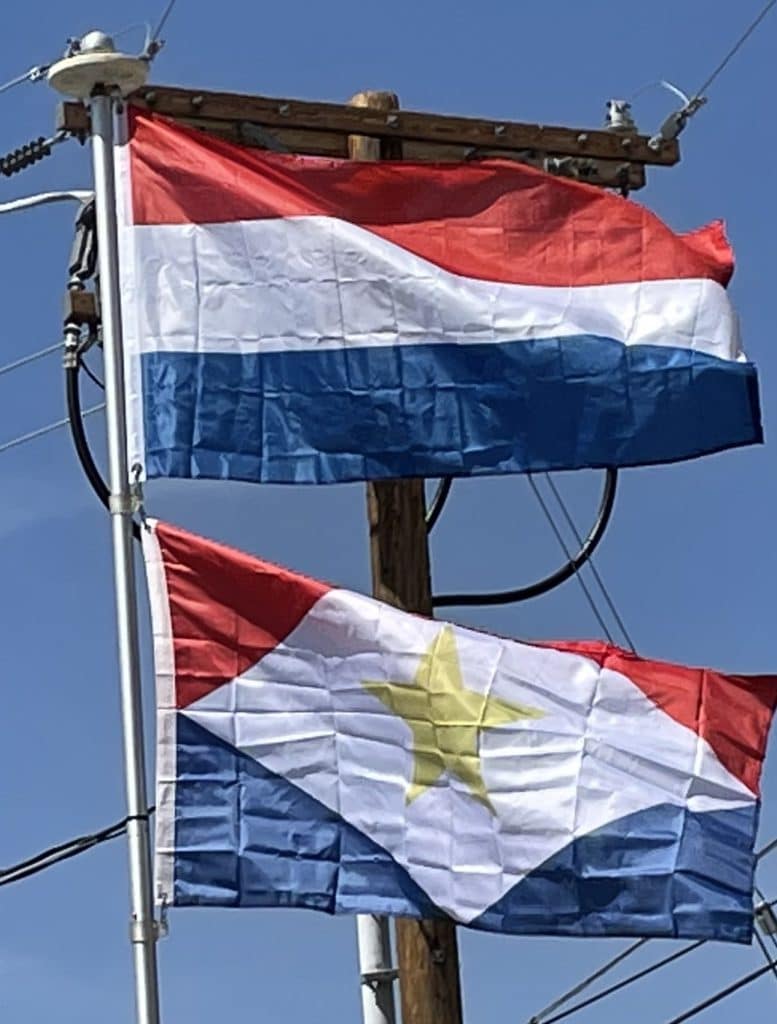Introduction:
Saba is a Caribbean island which is the smallest special municipality of the Netherlands. It consists largely of the potentially active volcano Mount Scenery, which at 887 meters (2,910 ft) is the highest point of the entire Kingdom of the Netherlands. The island lies in the northern Leeward Islands portion of the West Indies, southeast of the Virgin Islands. Together with Bonaire and Sint Eustatius it forms the BES islands.

Saba has a land area of 13 square kilometers (5.0 sq mi). The population was 1,933 as of January 2020, with a population density of 148 inhabitants per square kilometer (380/sq mi). It is the smallest territory by permanent population in the Americas. Its towns and major settlements are The Bottom (the capital), Windwardside, Zion’s Hill and St. Johns.
History:
Saba is thought to have been inhabited by the Ciboney people as early as the 1100s BC. Later, circa 800 AD, Arawak people from South America settled on the island.
Christopher Columbus is said to have sighted the island on 13 November 1493, however, he did not land, being deterred by the island’s perilous rocky shores. In 1632 a group of shipwrecked Englishmen landed upon Saba. Later, in 1635, a stray Frenchman claimed Saba for Louis XIII of France. In the 1640s the Dutch Governor of the neighboring island of Sint Eustatius sent several Dutch families over to colonize the island for the Dutch West India Company. In 1664, refusing to swear allegiance to the English crown, these original Dutch settlers were evicted to St. Maarten by Jamaican governors-cum-pirates Edward, Thomas, and Henry Morgan. The Netherlands eventually gained complete control of the island in 1816.

In the 17th and 18th centuries, Saba’s major industries were sugar, indigo and rum produced on plantations owned by Dutchmen living on St. Eustatius, and later fishing, particularly lobster fishing. To work these plantations slaves from Africa were imported. In the 17th century, Saba was believed to be a favorable hideout for Jamaican pirates. England also deported its “undesirable” people to live in the Caribbean colonies, and some of them also became pirates, a few taking haven on Saba. As the island’s coast is forbidding and steep, the island became a private sanctuary for the families of smugglers and pirates. A notable Saban pirate was Hiram Beakes, son of the Dutch councilor of the island.

Later, legitimate sailing and trade became important, and many of the island’s men took to the sea, during which time “Saba lace”, which is pulled thread work, a Spanish form of needlework introduced by a nun from Venezuela, became an important product made by the island’s women. Throughout the late 19th century and early 20th century, the primary source of revenue for the island came from the lacework produced by these women. During this period of time, with most of the island’s men gone out to sea for extended periods, the island became known as “The Island of Women”.
